Fiber grating sensors can be used for chemical sensing, because the center wavelength of the grating changes with the change of refractive index, and the interaction between the gratings and the concentration of chemical substances in the environment will cause the change of the refractive index.
Long period fiber grating (LPFG), like fiber Bragg grating, is also formed by periodic refractive index modulation on the fiber axis, and its period is generally greater than 100 µm. Its coupling mechanism is: the fundamental mode of the forward transmission core is coupled into the forward transmission cladding mode of a few specific wavelengths, and the cladding mode is quickly lost, so there is basically no back reflection in the LPFG. There are several absorption peaks at specific wavelengths in the spectrum. LPFG is more sensitive to changes in the refractive index of the fiber cladding material than the above-mentioned fiber Bragg grating. Any change in the refractive index of the cladding material will change the characteristics of the transmission spectrum and change the absorption peak. Therefore, the long-period grating refractive index measurement system is more sensitive. The resolution can achieve a sensitivity of 10-7. At present, the concentration of many chemical substances has been measured with long-period gratings, including sucrose, ethanol, hexanol, hexadecane, CaCl2, NaCl, etc. In principle, any has an absorption peak spectrum and its refractive index is between 1.3 and 1.45 All chemical substances can be detected with long-period gratings.

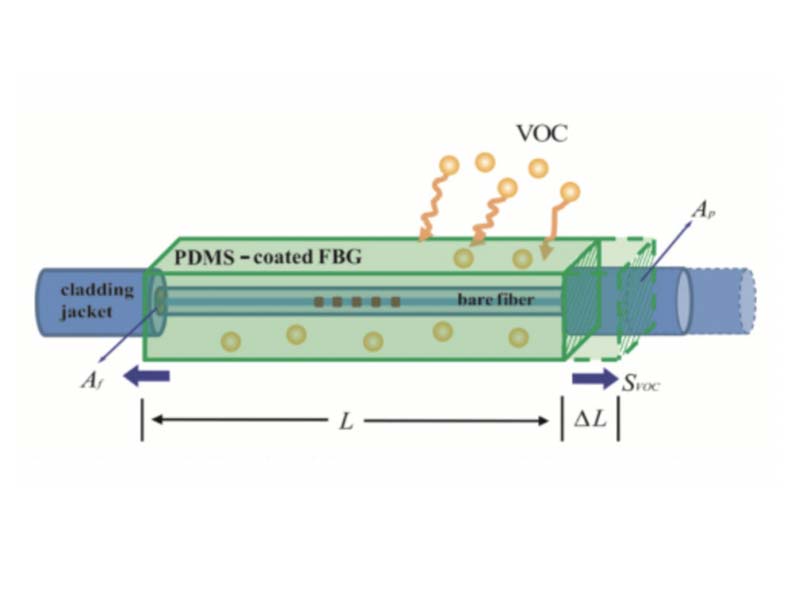
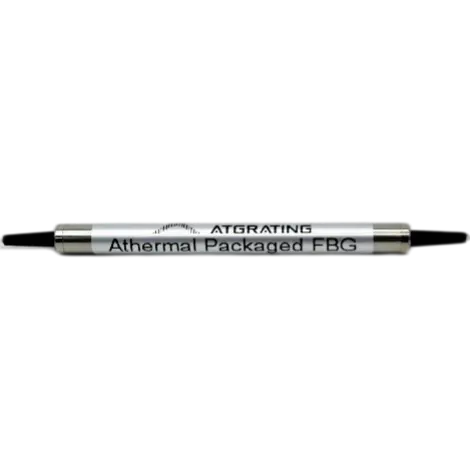
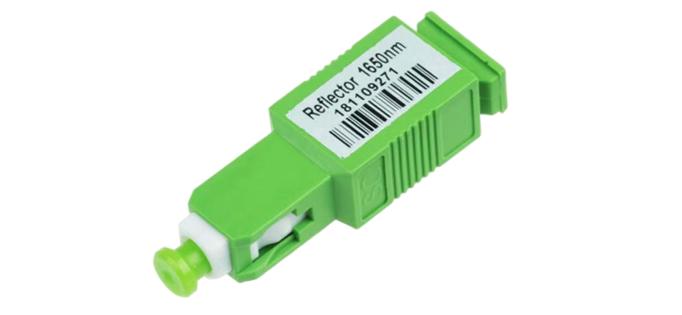
Latest News at ArGrating FBG Sensing
_1200_x_628_Banner.webp)
2025-Apr-16
+
2024-Oct-01
+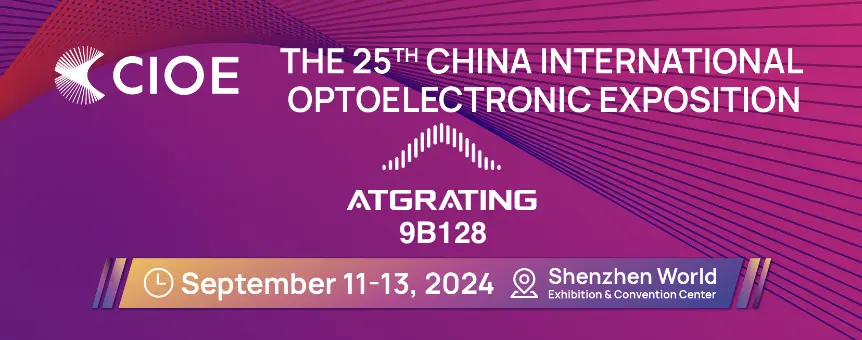
2024-Sep-17
+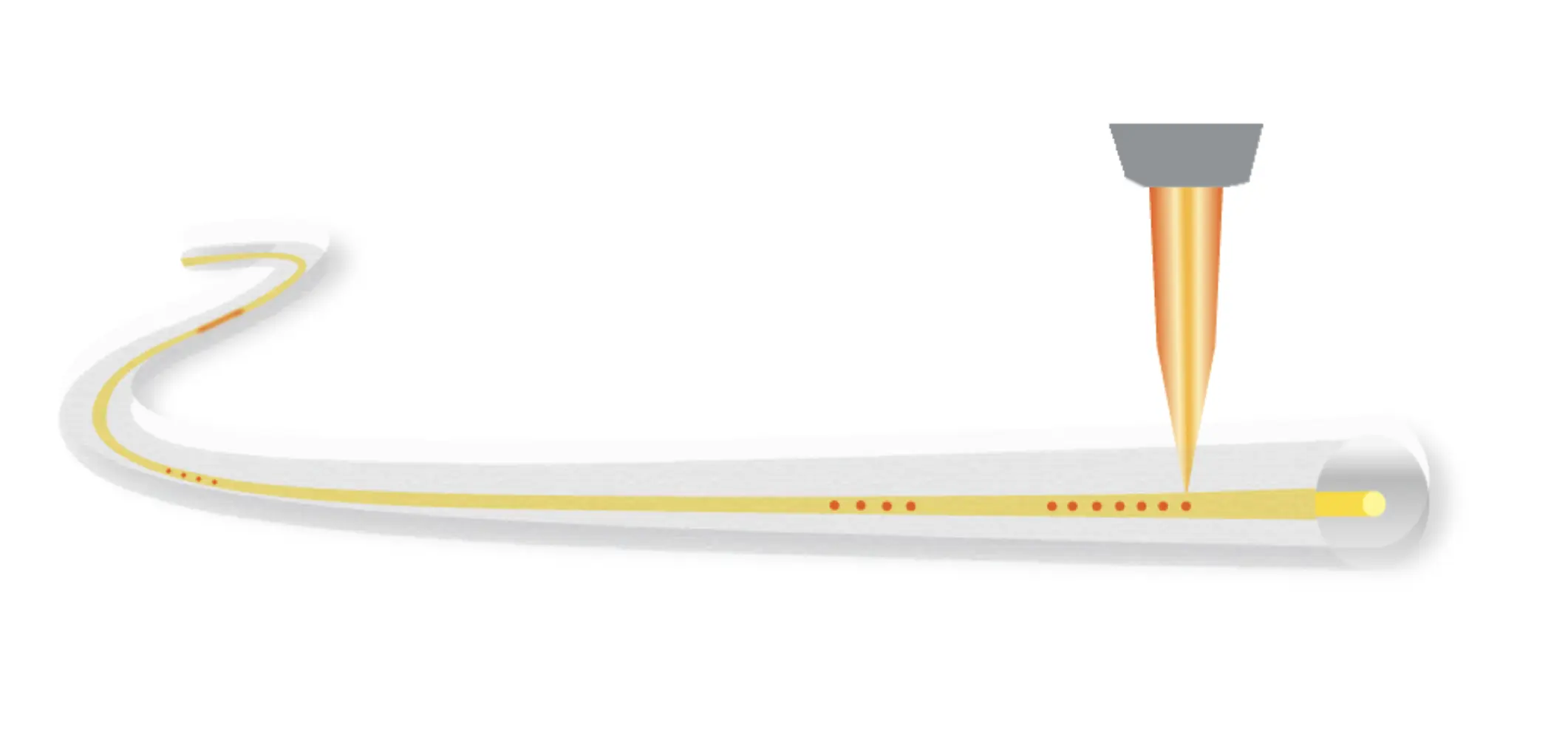
2024-Sep-01
+